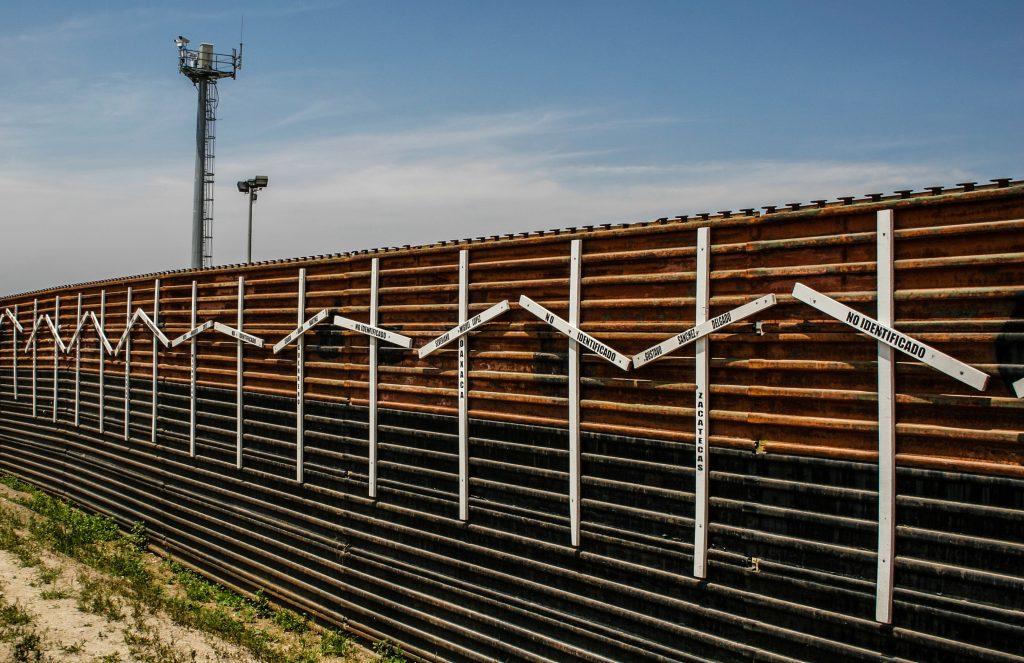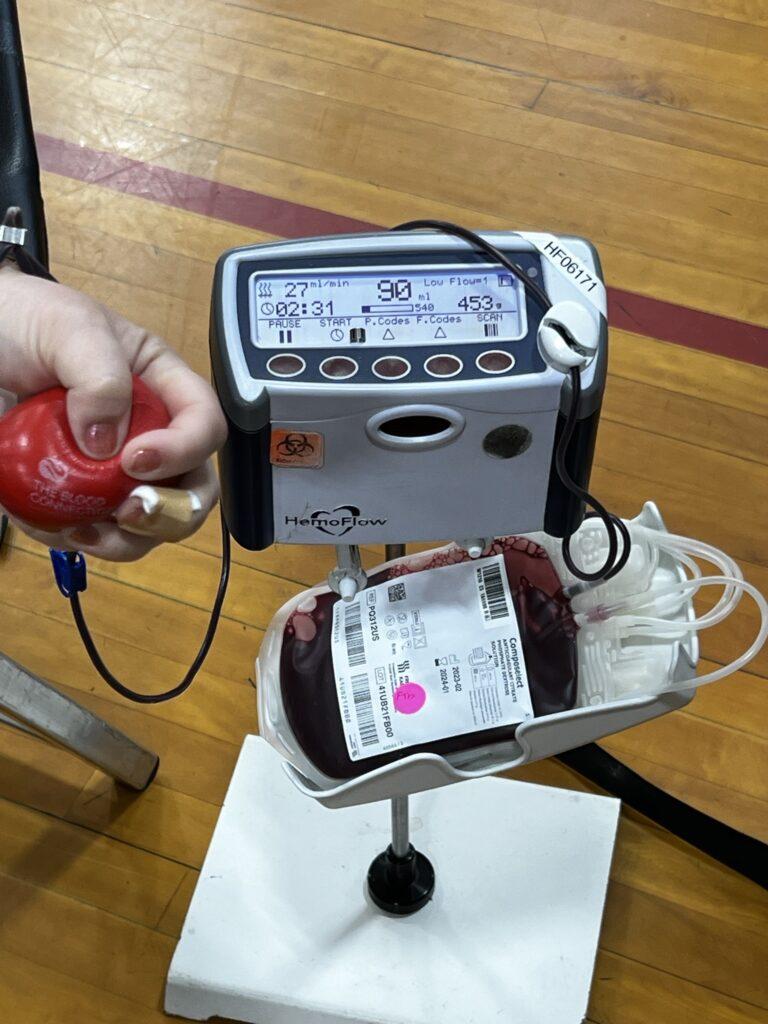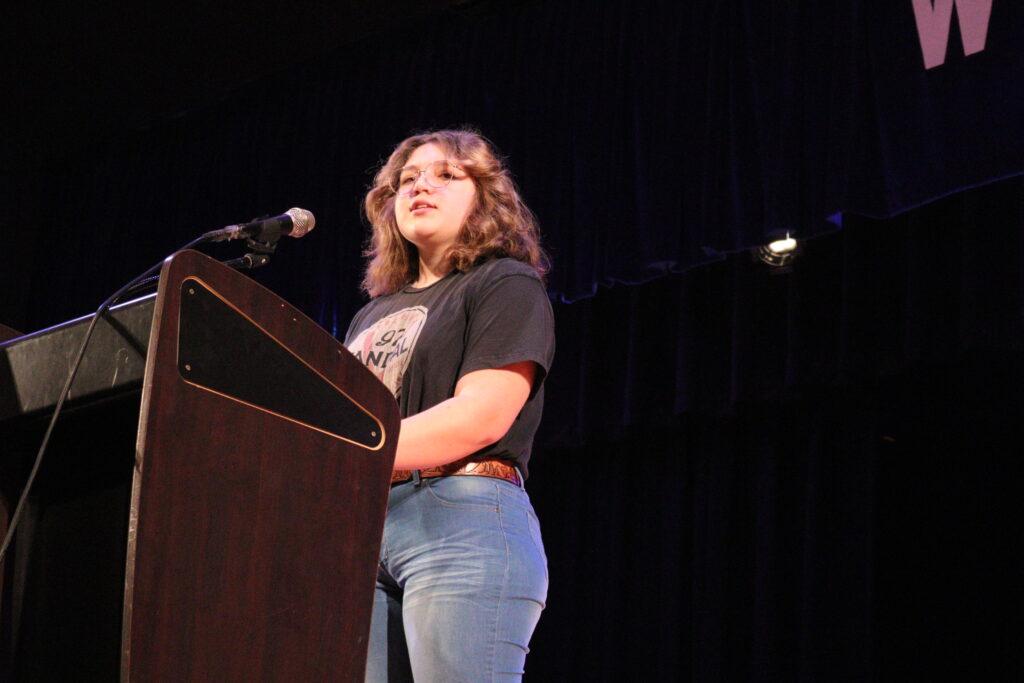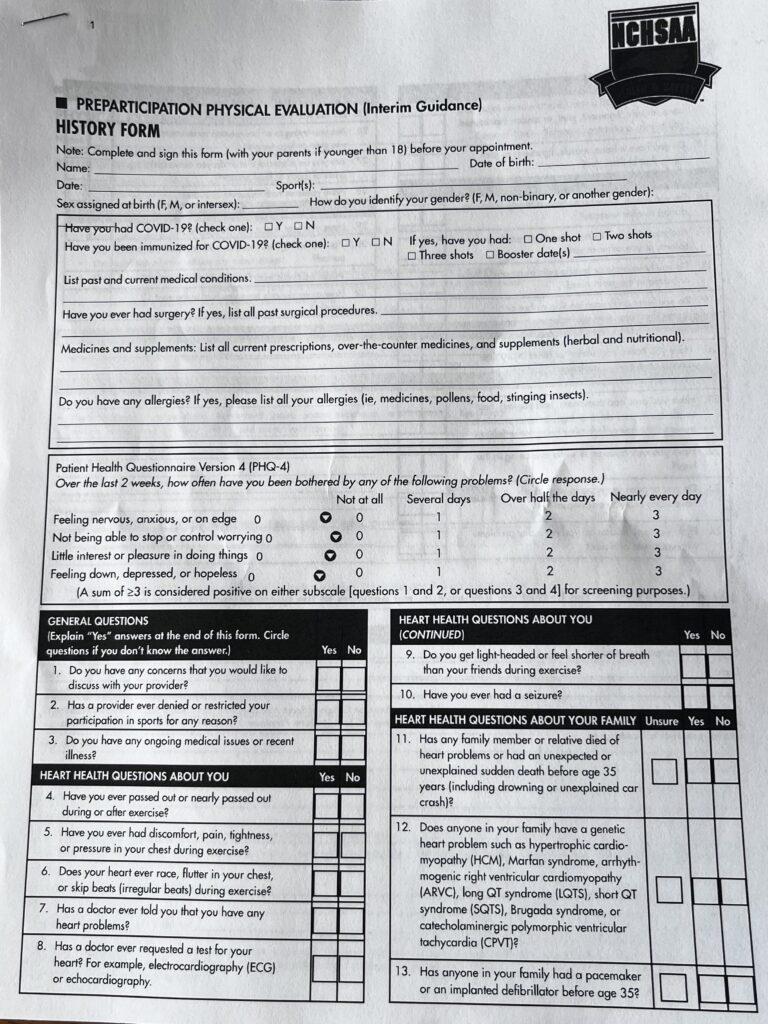The third government shutdown in the era of Donald Trump began at midnight, Eastern time, on Saturday, Dec. 22, 2018.
A government shutdown occurs when Congress refuses to pass, or the president refuses to sign, legislation that would fund the government. Shutdowns have occurred at all levels of government, including national, state, territorial and local.
In 2018, there were three shutdowns under the Donald Trump administration: a three-day shutdown in January; a funding gap that occurred overnight on Feb. 9, which did not result in workers being furloughed; and an ongoing shutdown, beginning on Dec. 22, over proposed funding for a US-Mexico border wall.
The longest shutdown in United States government history was a 21-day halt in 1995, over funding for Medicare, education, the environment, and public health in the 1996 federal budget. As of Friday, Jan. 11, 2019, the government had been shut down for 21 days.
Republican Senator Lindsey Graham of South Carolina proposed a “breakthrough” compromise that would allow the President to secure his $5 billion demand for border security funds and for Deferred Action for Childhood Arrivals (DACA) and Temporary Protected Status (TPS) holders. According to CBS, Graham told reporters that, as well as border security, the funding would also go towards renewable work permits for DACA beneficiaries, and visas for those on temporary permits. Graham said the deal would entail the the White House supporting the BRIDGE (Bar Removal of Individuals who Dream and Grow our Economy) Act, which provides temporary relief from deportation and employment authorization to those eligible for DACA.
Graham suggested on CNN’s “State of the Union” that a “three-year one-time renewable work permit for the DACA population” could be included in a potential deal, which was part of the BRIDGE Act that Graham and Senator Dick Durbin previously introduced in the Senate. In exchange, Democrats would have to support a spending measure that includes $5 billion for a border wall.
“I think that’s in the realm of possibility. The president didn’t commit, but I think he’s very open minded. I know there’s some Democrats out there who would be willing to provide money for a wall, border security if we could deal with the DACA population and TPS people,” Graham told reporters outside the White House on Sunday, Dec. 30, 2018, after a private, 2-hour lunch with the President, according to CBS.
A spokesperson for Senate Minority Leader Chuck Schumer told CBS News, “At this point, it’s clear the White House doesn’t know what they want when it comes to border security. While one White House official says they’re willing to compromise, another says the president is holding firm at no less than $5 billion for the wall. Meanwhile the president tweets, blaming everyone but himself for a shutdown he called for more than 25 times.”
The Trump administration tried to dismantle DACA in 2017, but a prolonged court case has continued to keep it alive.
According to CBS, Graham said that $5 billion is not enough for either him or Trump to support granting DACA recipients a pathway to citizenship.
“The reason the DACA for Wall deal didn’t get done was that a ridiculous court decision from the 9th Circuit allowed DACA to remain, thereby setting up a Supreme Court case. After ruling, Dems dropped deal – and that’s where we are today, Democrat obstruction of the needed Wall,” Trump said in a post on Twitter on Dec. 27, 2018.
This impasse between the Republicans and Democrats has led to a partial government shutdown that has lasted 21 days and counting. As reported by The Hill, when asked how long the shutdown will persist, Graham said he didn’t know. Democrats, who now control the House of Representatives, have shown no indication of supporting the proposal for a border wall.
By: Allison Caskey, Feature Writer













